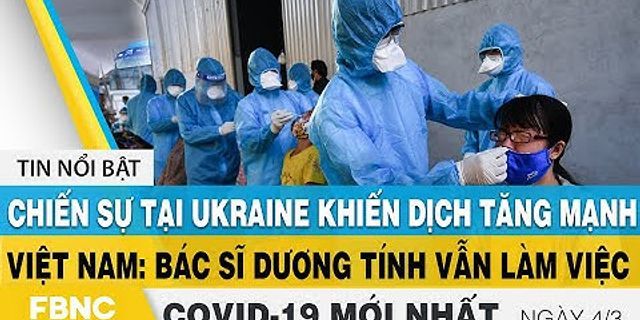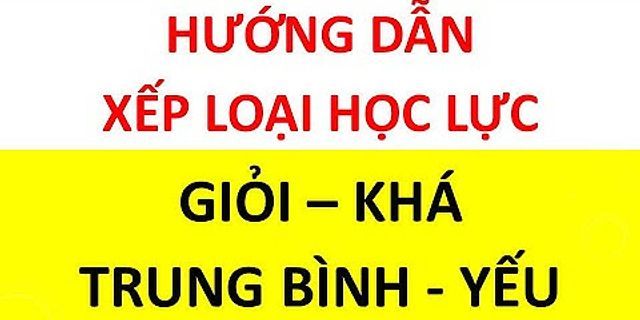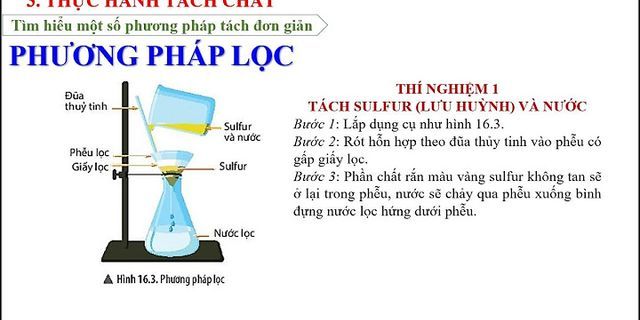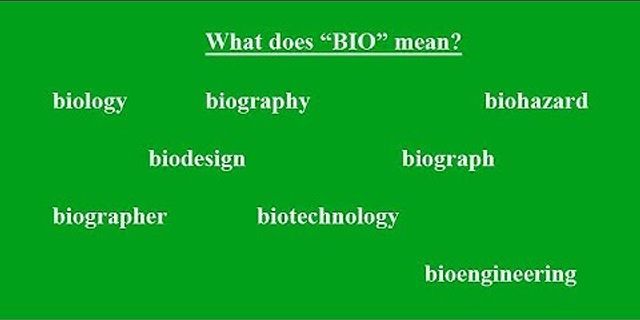OK, let’s have a look at a map of the Athletics Centre. You can see Southgate Road along the bottom of the map, going horizontally, and there’s Eastgate Road on the right-hand side – going from the bottom up to the top of the map. And there’s the main entrance – also there at the bottom of the map on Southgate Road. So, first of all, you’ll need to know where to send other parents to park their cars. That’ll be car park 3. Actually, there are several car parks at the centre, on both sides of the main entrance. See the large square-shaped area on the map? Car park 3 is the top half of that square – just below the trees. So please send parents over there. Now, the changing rooms. You’ll need to know where to find them. I remember they used to be up near the running track – you can see the running track is that large oval area on the map. But the changing rooms are much more conveniently located now. All you have to do is come in through the main entrance, immediately take the road that goes off left, and aim for the building that looks a bit like a cross. That’s where the kids will be getting changed for this year’s sports day. Right, the first-aid centre. Hopefully we won’t be taking too many children there but you do need to know where it is. So, if you’re starting from the main entrance, the quickest route is to walk around the hall – on the right-hand side. There’s no path so you’ll be walking on the grass. Keep straight on so you’re walking between the main field and the oval running track, – and then you can see on the map there – that the first-aid centre is just above those two locations, and right below that little bridge. The café is a bit of a walk from the main entrance. It’s in that long, narrow building – the one that’s near the northern end of Eastgate Road, and sort of above the oval running track. If you’re walking from the hall, you’ll probably want to cut through that line of trees to get up there. Anyway, you can see that that building is divided into two and you want the room with a view of the river, not of Eastgate Road. Finally, when the kids go kayaking on the river, they’ll all have to be wearing lifejackets. The lifejackets are kept in a small building near the boathouse. There’s no actual road to the lifejacket shed – but it’s just a short walk from the boathouse – you can see it there – not far from Southgate Road. So make sure no-one gets into a kayak without first getting themselves a lifejacket. So, the other ... Page 2
Dear readers, This is to inform you that we have moved to a new domain, https://www.english-exam.org/IELTS/. Our old domain, https://www.ielts-exam.net/ will remain active till the time we migrate all our content to the new domain. We look forward to your continuing support. Page 3
OK, so what will a typical day be like for you? Let’s start with when you first arrive at work – I mean, before the agency opens in the morning. You’ll need to answer emails before you do anything else. And that can sometimes take up to half an hour. So you start work at 8.30, and we open the doors to customers at 9 a.m. Of course, some times of the year are busier than others. If you’ve worked in Europe, you’ll know that the peak season is August. But for us, it’s more like January. We probably get the least number of customers around December, as that’s when it costs most to fly. Now of course some destinations are more popular than others. You’ll find a lot of customers coming in who want you to find them a cheap flight and a holiday deal in Taveuni, one of the islands of Fiji. I’ll just spell that for you – it’s T – A – V – E – U – N – I. If you haven’t heard of it, it’s very beautiful and people like going there for the diving and the snorkelling. So when you’re organising a booking, and it doesn’t matter whether the customer is sitting in front of you, or whether it’s on the phone, you can’t confirm the booking until you’ve had a look at a passport. The customer must either bring one into the agency, or scan and email one. And that’s before you take any credit card details. And although there’s no obligation for the customer to buy insurance, obviously that’s something we recommend. What should you do if you have a problem with the computer? Well, first of all, don’t panic. It happens to everyone. We have an IT specialist who comes and deals with all our software problems, and her name is Ofelya. That’s spelt O – F – E – L – Y – A. She’s been working with us for the last few years. Page 4
Good morning. I’m John Masters, and this is Shopper, the weekly show on retail and shopping. Later in today’s show, we’ll be talking to online shopping expert, Marta James. But before that, we’re talking about some famous shops from around the world. And live from New York City, we’ve got Madison, who's going to tell us all about Macy’s. Hi John, well, one of the most famous department stores in New York City is Macy’s. There are over 850 Macy’s stores all over the United States. But the flagship store is in Herald Square Manhattan, just around the corner from the Empire State Building. Interestingly, Rowland Macy, the company founder, opened his first shops in the town of Haverhill in Massachusetts between 1843 and 1855, but they weren’t successful. However, Macy learned from his mistakes and in 1858 he moved to New York. He opened his first New York store on 18th of October 1858 and was immediately successful. The Herald Square store was opened in 1902. Macy’s is especially famous for its Thanksgiving Day parade, which marks the beginning of the Christmas season. That’s great Madison. Thanks a lot. And now we’ve got Jamie in London, He is going to tell us all about Fortnum & Mason. Well, one of the oldest shops in London is Fortnum & Mason. It was founded by William Fortnum and Hugh Mason in 1707, at 181 Piccadilly, in central London. Originally, the shop only sold food, but these days it sells all sorts of other goods, including clothes, books and games. It has the gentlemen's department on the top floor, a famous tea shop and several restaurants. The business started out small, but in 1761 William Fortnum's grandson, Charles, went to work for Queen Charlotte. As a result, the Royal started shopping there. These days the connection with the Royal family is still strong. In fact, Queen Elizabeth, and the duchess of Cambridge, Kate Middleton visited Fortnum's earlier this year. Fortnum’s is really famous for its Hampers, which are baskets of food. There are picnic Hampers, and Christmas Hampers that are full of wines and Christmas food. They are extremely popular, but also quite expensive, and can cost up to 25000 pounds, about 30000 Euros. Page 5
During the 3rd century BC, an art style appeared in Ireland that had been developed centuries earlier by Celtic peoples in central Europe. It is known as the La Téne style, after the site in Switzerland where objects decorated in the style were found. The style was influenced heavily by vegetable and floral designs of classical art of the Mediterranean world. However, unlike classical designs which were naturalistic, La Téne Art developed a more abstract version that showed a particular preference for the use of curved lines. These were used in designs that were often laid out using a compass. In Ireland, La Téne ornament continued to be an important component of the Christian art of the early medieval period, used to decorate fine metalwork, stonework and manuscripts. By the time La Téne Art appeared in Ireland during the 3rd century BC, metalsmiths had mastered the techniques of smelting and forging tools and weapons of iron. This period up to the introduction of Christianity, in the 5th century AD, is referred to as the Iron Age. Page 6
Einstein’s Blackboard was used in a lecture in Oxford on the 16th of May 1931. At that time, his theories of relativity were being combined with astronomical data to explain the shifts towards the red in the spectra of distant galaxies, which indicated that the universe was expanding. In his lecture Einstein outlined a fairly simple model to explain this apparent expansion. The last four lines on the blackboard contain numerical data, giving values for the density, radius and age of the universe, where ‘L. J’ stands for ‘Licht Jahr’, Light Year and ‘J’ for ‘Jahr’ meaning year. According to the last line, the age of the universe is about 10, or perhaps 100 billion years. The bracket indicates an alternative figure, not a product of two figures. Einstein’s blackboard deals with some of the most fundamental questions in cosmology. Page 7
The building occupied by the museum of the history of science was built as the Ashmolean museum in 1683. It was erected by the university to house the famous Tradescant and Ashmolean collections, as well as to accommodate a chemical laboratory in the basement, and space for teaching the new experimental natural philosophy, what we today might call ‘Science’. This space, originally called the School of Natural History, is now the entrance gallery. This was the first museum building in the world in the sense of a building specifically designed to be a museum. But it also housed activities that we do not often associate with early museums, such as experiment and teaching. When you leave the entrance gallery, look back at the title painted over the door, “Schola Naturalis Historiae”, the School of Natural History. The showcases on either side of the exit contain the kind of things that we used in this room in the 18th century. The museum of the History of Science opened in this building in 1925. It’s particularly famous for its very early scientific instruments, and central area of the entrance gallery illustrates the breadth of the collection. From Western Europe through the Islamic lands to the Far East, and from science to what we today would think of as magic. Then, in the four corners of the entrance gallery are four of the museum’s important individual collections. |




















